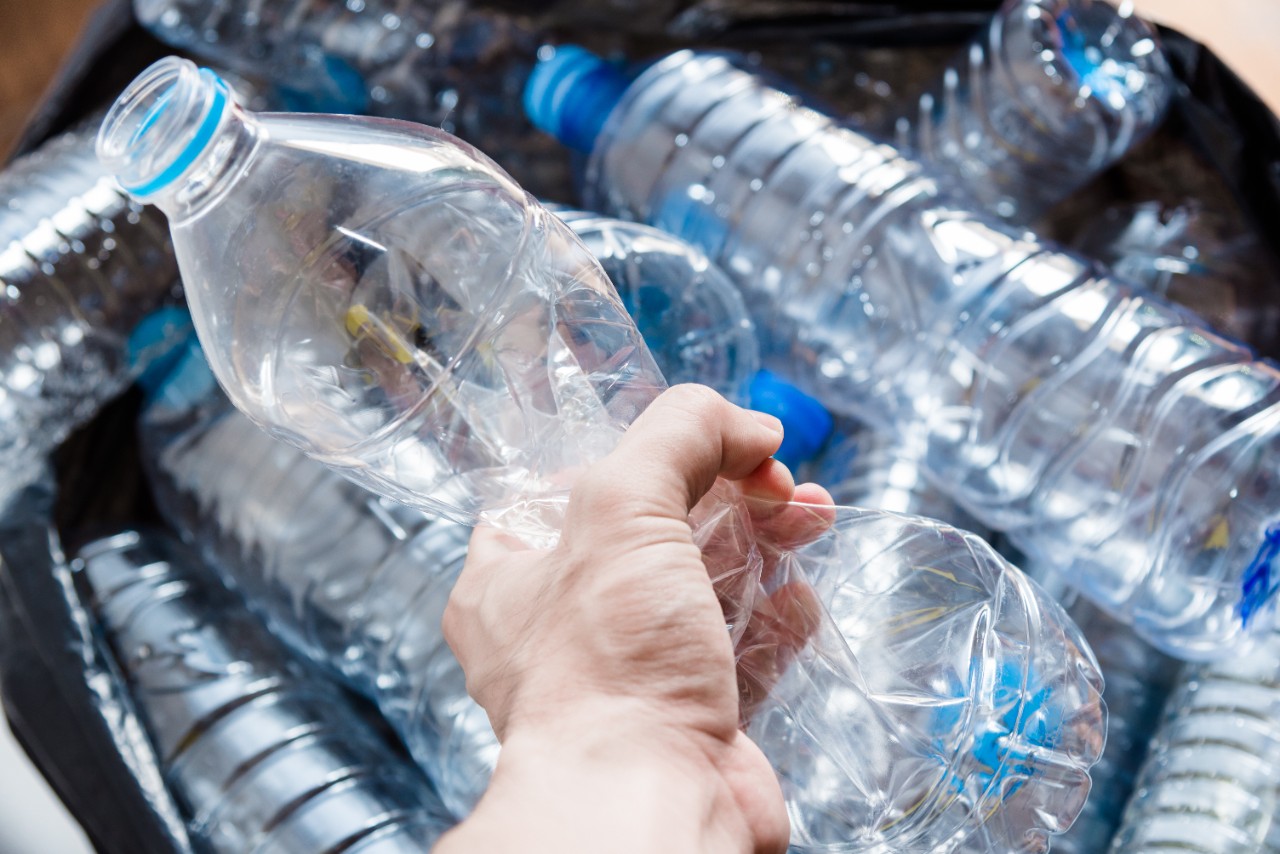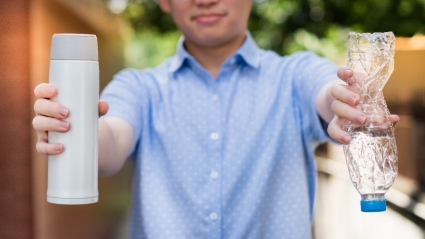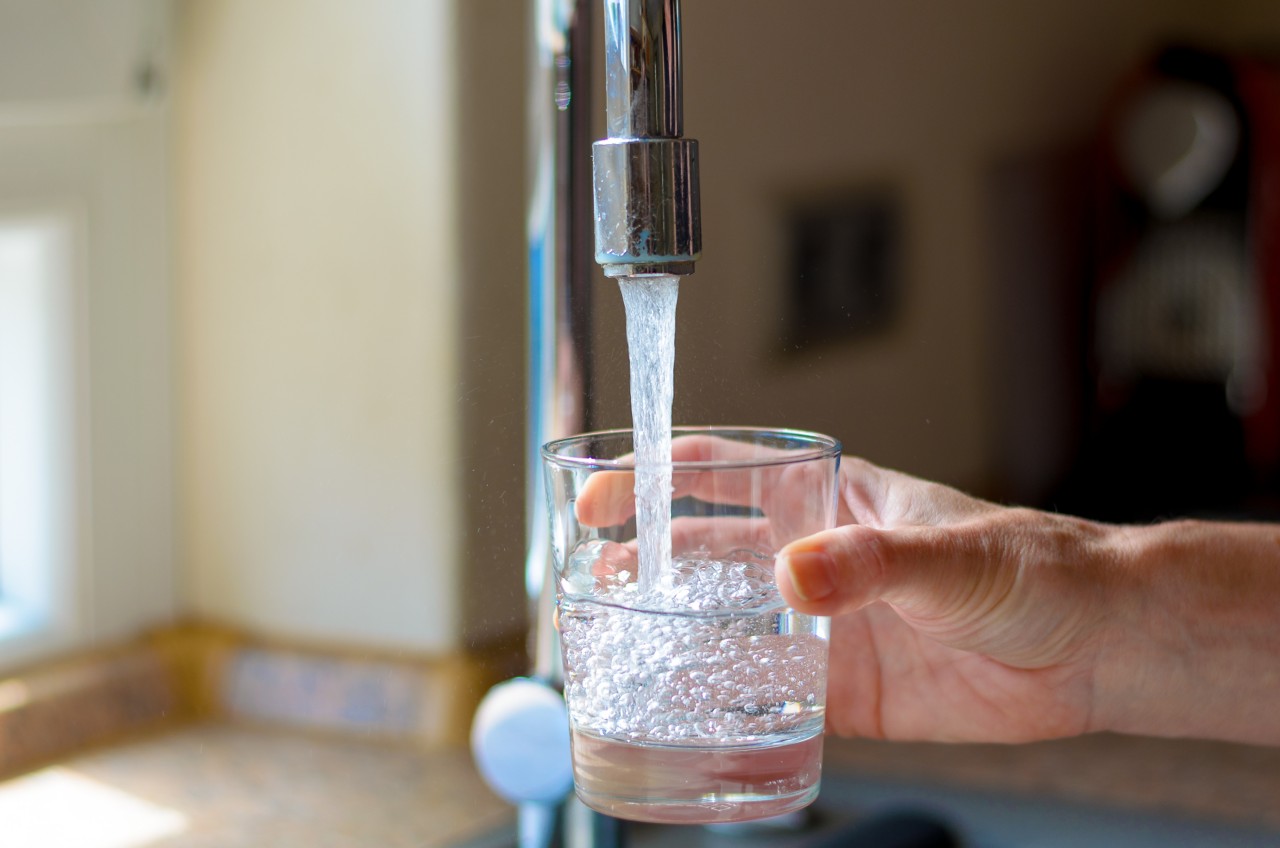You’re probably aware that plastic water bottle pollution is a major issue, but that’s just the tip of the iceberg. In addition to heavy pollution, plastic bottled water has many other implications to consider. We dug through journals, studies, and scientific data to give you the hard and fast bottled water facts. Filtered water right from the comfort of your home is the way to go, but don’t take our word for it: consider these facts about bottled water before you make your next trip to the store.
Plastic Water Bottle Pollution
- A single-use plastic bottle takes around 450 years to decompose.
The National Oceanic and Atmospheric Administration shared data with the Wood Holes Sea Grant to arrive at this surprising number. Of course, that’s just an estimate — bottled water hasn’t been around for 450 years, so no one truly knows how long it takes.
- Only 29% of polyethylene terephthalate (PET) plastic water bottles are recycled in the U.S.
PET is a lightweight plastic used for packaging items like soft drinks, water, shampoo, peanut butter, cooking oils, and other products, according to the PET Resin Association.
According to the Environmental Protection Agency, only 3 in 10 polyethylene terephthalate plastic bottles were recycled in 2018, leaving the rest to decompose, albeit very slowly, in landfills, ditches, lakes, and anywhere else someone might throw them.
- Americans buy nearly 15 billion gallons of bottled water per year.
According to data collected from the International Bottled Water Association, Americans can’t get enough bottled water. 15 billion gallons would translate to 120 billion bottles of water if Americans were only buying single-serving PET bottles. With a recycling rate of around 30%, the containers of more than 10 billion gallons of water are ending up in landfills.
- Bottled water production uses up to 2000 times more energy than tap water production.
A study published in Environmental Research Letters revealed this head-turning fact: bottled water production eats up a massive amount of energy. Companies source the water, manufacture the bottles, and then ship their brand far and wide in trucks, trains, and boats.
- Some bottled water may contain contaminants.
A thorough study by the NRDC found that 33% of tested bottled water brands either contained chemicals above state health limits or violated microbial purity guidelines, which means bottled water quality isn’t a guarantee.
- You don’t know where that water comes from.
Many bottled water brands use images of pristine lakes, snow-capped mountains, and babbling brooks to paint a picture of pure, nature-sourced water. An astounding 64% of bottled water is just tap water in a bottle, according to an extensive report conducted by Food and Water Watch.
- Some states don’t regulate bottled water quality.
The NRDC study that found some bottled water brands violate chemical health limits also found that one in five states don’t regulate bottled water manufactured and sold in-state. The U.S. Food and Drug Administration regulates bottled water sold nationally, but they do not necessarily do so on a state level.
- Sticker shock: bottled water is thousands of times more expensive than tap water.
The Food and Water Watch report also determined that bottled water can be around 2,000 times more expensive than tap water. A gallon of single-use bottled water can cost $9.50 total, compared to less than half a cent per gallon of tap water.
- Ditching bottled water can save you hundreds to thousands of dollars per year.
Using filtered tap water isn’t just a win for the environment — it’s a win for your wallet. Depending on your family’s size and your daily water consumption, you’re looking at plenty of savings.
If you drink 64 fluid ounces of water a day for a year, that translates to approximately 175 gallons of water. At the rate listed above, you would save more than $1,600 per year if you went from only drinking bottled water to only drinking tap water.
Take control of the water you drink, cook and eat with, shower in, and more. At Pentair Water Solutions, we offer tailored solutions to give you better, more refreshing water from the comfort of your own home. And, when you insist on Pentair, you can reduce chemicals, improve your water’s smell and taste, and save money in the long-run. Reduce plastic bottle waste and start your journey to better water with Pentair Water Solutions.







